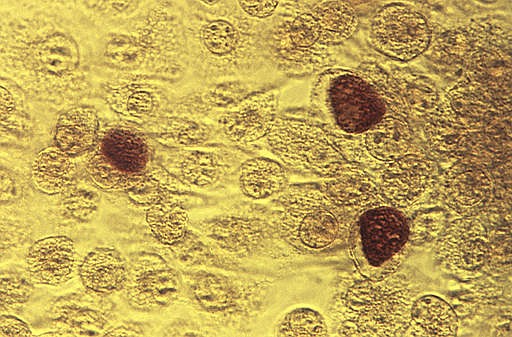The prevalence of chlamydia, gonorrhea and syphilis in communities across Missouri is forcing local health care leaders to take a different look at how they address sexually transmitted diseases.
Cole County has seen 397 cases of sexually transmitted diseases reported in the first six months of 2017, according to provisional data from the Department of Health and Senior Services.
So far, DHSS has counted 270 cases of chlamydia, 119 cases of gonorrhea and eight cases of syphilis in Cole County.
"This is our reality," said Ashley Rackers, public health educator at the Cole County Health Department. "This is why education and outreach is an important part of my role to help meet the needs of our county."
Rackers and Mary Telhorst, director of nursing at the county health department, said they are looking at new ways to address sexual health issues throughout the community, including an effort to get into classrooms to help educate youth.
Missouri's 15- to 24-year-old population had the highest number of reported STD cases in 2015, according to a DHSS report. In that year, there were 527 white men, 729 white women, 1,463 African-American men and 1,605 African-American women who had contracted gonorrhea in 2015 - all between ages 15-24.
"I don't think students who are that young understand the long-term health consequences of having sex," Rackers said.
The U.S. Centers for Disease Control and Prevention have identified different strains of gonorrhea as resistant to antibiotics, which makes the STD more difficult to treat and ultimately could lead to permanent reproductive organ damage, Rackers said.
"We are not specifically focused on the youth, but we recognize they are exposed to so much at an earlier age," Telhorst said. "It's on television; it's in their video games; it's in their music so they need to know all aspects of sex."
Telhorst noted sometimes young people need to hear messages from more than their parents and teachers.
"I know that health education curriculum in schools talk about the existence of STDs, but sometimes it takes an outsider to come in and present a program to really have an impact," she said.
Previously, Telhorst said, the department has mostly relied on word of mouth to promote their services.
"Our goal is to get into the community and address and follow-up on the needs of the community, including those involving sexual health, physical activity, nutrition and learning how to engage in healthy relationships with peers," Rackers said.
In addition to school outreach, the department also plans to partner with local organizations and coalitions, create STD information cards, inform health care providers of the statistics and work to increase overall visibility of the department's efforts.
"We want to let the community know we're here and we can provide resources for them in a safe place so they can get the help they need," Telhorst said. "When we move to our new building, we hope to have classroom space that will allow us to host a variety of community classes and training."
In the next 12-18 months, the Cole County Health Department will move from Industrial Drive to 3400 W. Truman Blvd., the current location of the Community Health Center.

